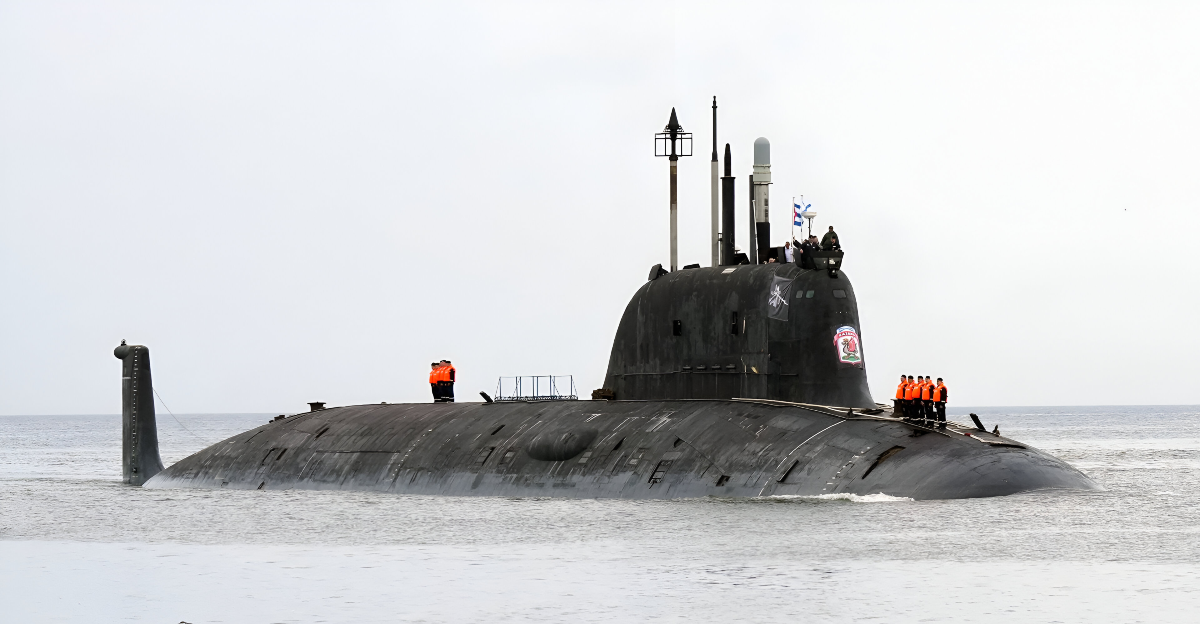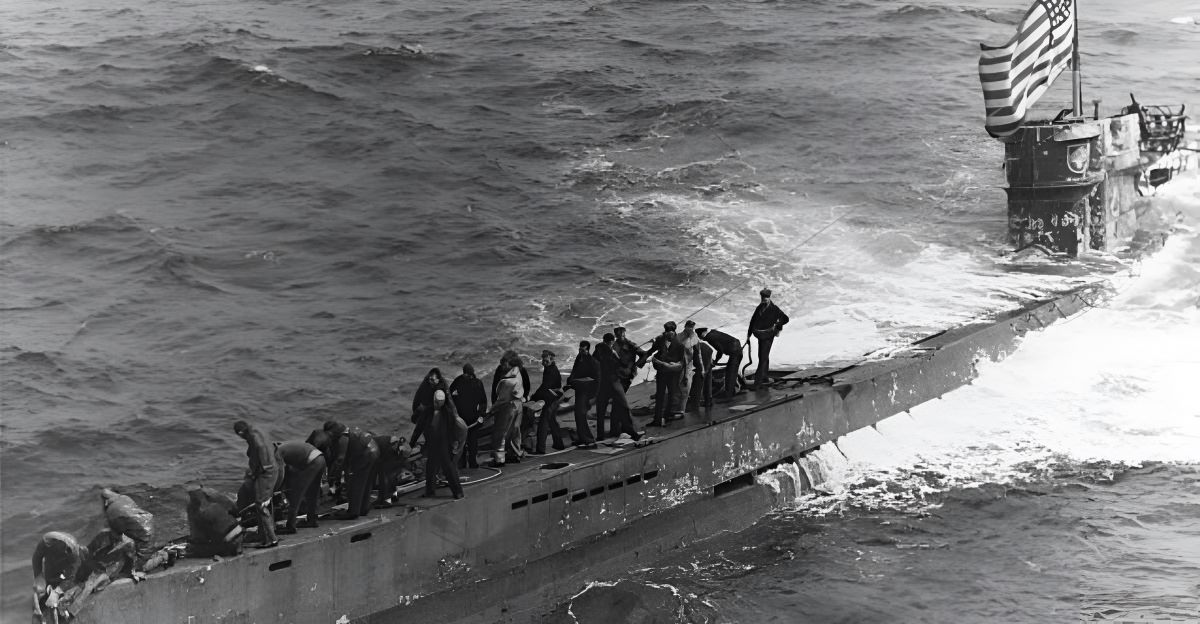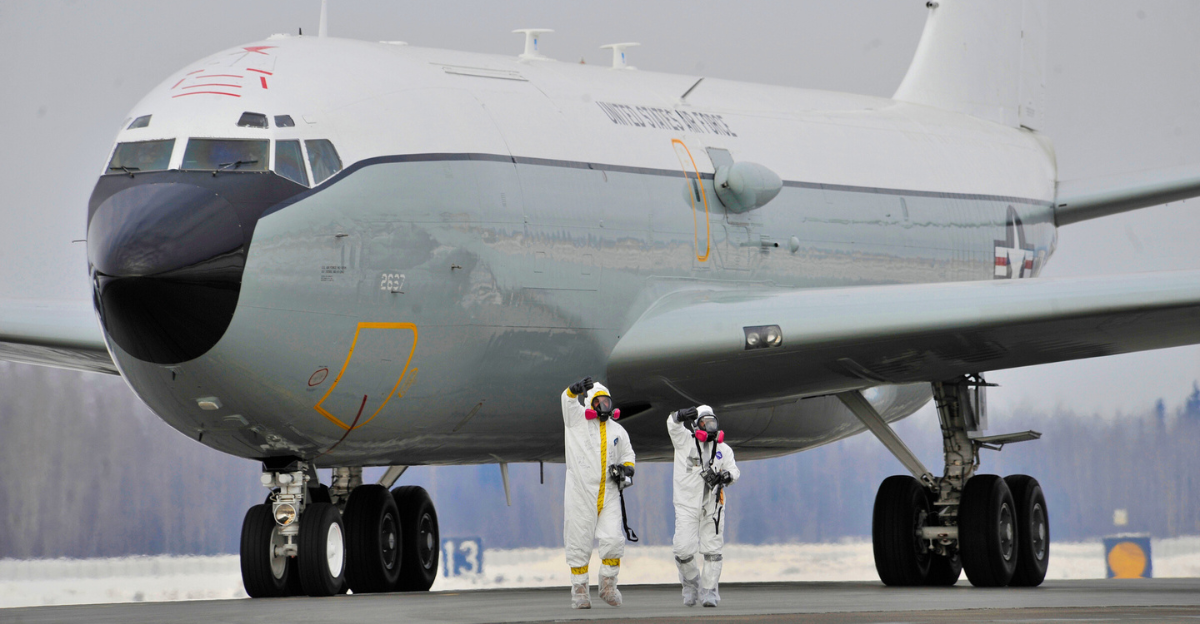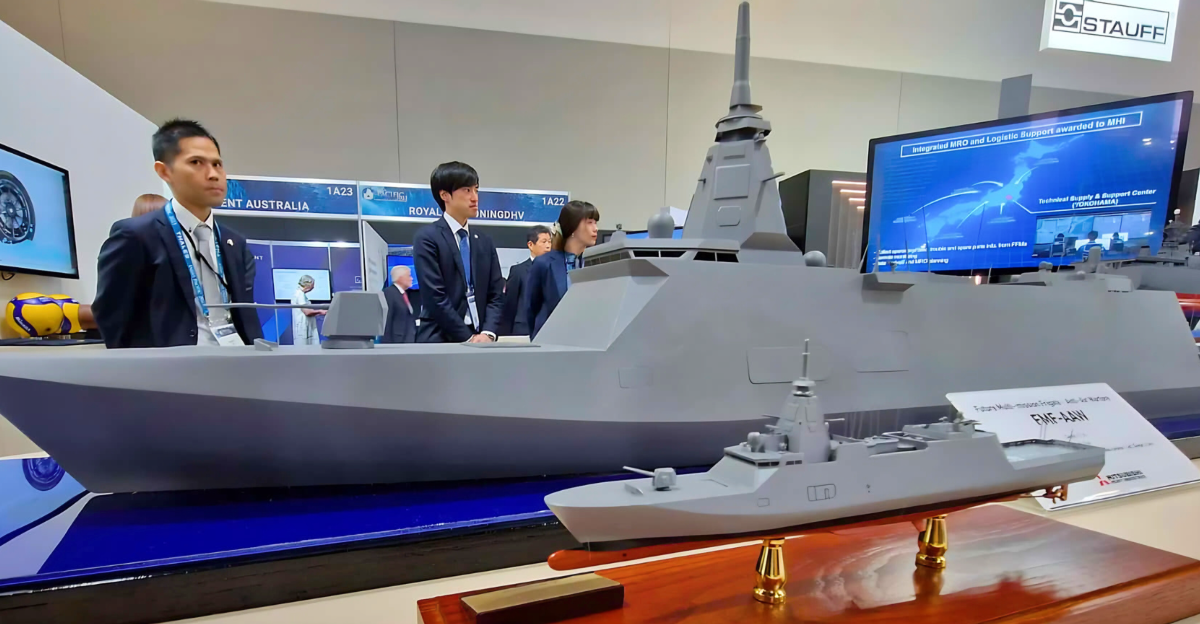
When there’s any discussion about submarines surfacing anywhere they shouldn’t be, it can be quite concerning. In recent weeks, Russian Kilo-class submarines have surfaced in heavily trafficked waters, sometimes just miles from NATO coastlines and even within sight of civilian vessels.
These deliberate displays are not isolated incidents but part of a broader pattern of assertive Russian naval deployments. Moscow blends submarine stealth with visible surface ship maneuvers to test NATO’s defensive readiness and response times. NATO has a right to be concerned; when displays are in broad daylight, something big might happen. But what?
Russian Submarines Surface in Western Waters

On June 28, 2025, a Russian Kilo-class submarine surfaced unexpectedly near a French fishing trawler off the coast of Brittany, startling the civilian crew and drawing swift attention from French authorities. While Russian officials claim these transits are routine, the deliberate surfacing of submarines serves as a clear signal of Russia’s willingness to assert its presence in strategically sensitive European waters.
Days earlier, a Russian submarine was also spotted surfacing near the UK’s flagship aircraft carrier, HMS Queen Elizabeth, in a move described as both “surprising and unprecedented” by naval observers.
The Novorossiysk Incident

On July 2, 2025, the Royal Navy was compelled to launch a coordinated surveillance response when the Russian Kilo-class submarine Novorossiysk surfaced while transiting the North Sea and English Channel, accompanied by the Goryn-class tug Yakov Grebelski.
The Portsmouth-based patrol ship HMS Mersey, supported by a Wildcat helicopter equipped with advanced sensors and a Merlin Mk2 submarine-hunting aircraft, tracked the submarine’s every move, showing just how ready NATO is when it comes to these maneuvers. These displays of force are widely interpreted as a calculated signal to NATO, testing alliance response times and readiness.
The Royal Navy Response

As soon as the Russian submarine was detected, the Royal Navy sprang into action, deploying the HMS Mersey to shadow the vessel’s movements along the English Channel. The Royal Navy’s swift and coordinated actions demonstrated the UK’s readiness to respond to potential threats and its crucial role within NATO’s collective defense framework.
“Monitoring the transit of naval vessels through our area of responsibility remains a fundamental task; one that ensures we maintain situational awareness and the ability to respond swiftly when required. I am proud of my ship’s company, whose professionalism, cohesion, and constant readiness continue to reflect the high standards expected of Royal Navy personnel,” said HMS Mersey’s Commanding Officer, Lieutenant Commander Dan Wardle.
NATO’s Growing Submarine Challenge

Russia is rapidly modernizing its undersea fleet and intensifying patrols in strategically vital waters like the North Atlantic, the Baltic Sea, and the GIUK Gap. In response to the rising threat, NATO has significantly ramped up its anti-submarine warfare (ASW) efforts, most notably through large-scale exercises like Dynamic Mongoose 2025.
This annual drill, hosted off Iceland, brings together naval and air assets from more than ten allied nations to simulate complex submarine detection, tracking, and engagement scenarios under realistic, high-pressure conditions. Recent incidents involving damaged undersea cables and suspected sabotage have further underscored the vulnerability of maritime networks, prompting NATO to launch dedicated missions.
Undersea Infrastructure at Risk

Submarine cables and pipelines form the backbone of global communications, financial transactions, and energy supply, with over 95% of international data traffic relying on these networks. In the past two years, there has been a sharp rise in deliberate attacks and suspicious damage to cables and pipelines in the Baltic Sea and North Atlantic.
NATO has launched the Critical Undersea Infrastructure Network and increased naval patrols to enhance monitoring, information-sharing, and the deployment of advanced technologies. Still, due to the deep, wide area in which these cables are located, it can be challenging to protect them. “By the time the defending force would go to the site, the cables and pipes would have already been destroyed, and the offending sub would be long gone,” said Tuomas Pöyry, vice president of Image Soft, a Finnish company that develops underwater surveillance systems.
Russia’s Perspective

Russia’s official military doctrine explicitly names NATO’s military buildup near its borders as the primary threat to national security, emphasizing concerns over the alliance’s expansion and the deployment of foreign forces in neighboring countries. Senior Russian officials have repeatedly warned that continued NATO enlargement and increased Western military presence in Eastern Europe will provoke a “military response,” with threats to deploy previously banned weapons systems and a stated lack of trust in NATO’s assurances.
“The North Atlantic Alliance is indeed, as we can see, actively preparing for a potential conflict with our country. The summit approved a rearmament program for the alliance, which includes plans for a multiple-fold increase in military capabilities and arms production. Additionally, further decisions were made regarding the practical implementation of regional defense plans drafted in 2023, aimed at countering a supposed Russian attack on NATO members,” said Vladislav Maslennikov, Director of the Russian Foreign Ministry.
The Role of Technology

Russian submarines have advanced sound-dampening technology, making them notoriously difficult to detect and track. These “black holes” of the ocean can operate quietly for extended periods, challenging even the most sophisticated systems. Nuclear-powered submarines are designed to minimize their noise, making detection even harder.
“If a modern nuclear submarine dives and settles on the seabed to hide and wait, it is almost impossible to detect except if you happen to actively pinging it just on the right spot with an active sonar,” Pöyry said.
Political Will and Defense Spending

At the 2025 NATO Summit in The Hague, 5% spending was committed. This pledge doubles the alliance’s longstanding 2% GDP guideline, signaling unprecedented resolve and unity among member states. The new benchmark requires each ally to allocate at least 3.5% of GDP to core defense activities, while the remaining 1.5% is directed toward defense-related infrastructure, innovation, and civil preparedness.
The Road Ahead

The confrontation between NATO and Russia has entered a new era where both sides are recalibrating their strategies and defences. Russia’s willingness to deploy and surface submarines near Western warships, coupled with its updated maritime doctrine that explicitly identifies NATO activity as a primary security threat, signals a deliberate push to test the alliance’s resolve and readiness.
On the other hand, NATO is rapidly strengthening its anti-submarine warfare capabilities, conducting major exercises, and reinforcing surveillance across critical chokepoints. As both sides invest in advanced technologies and adapt their force postures, the risk of miscalculation grows.






